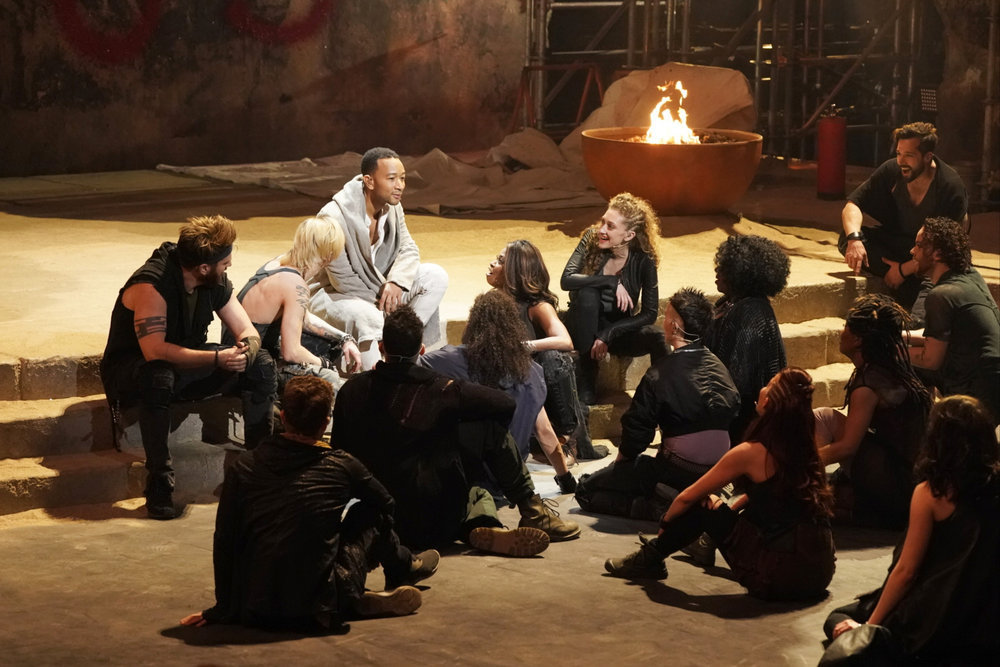
Stanley Kubrick produced a masterwork of suspense, escalation and visceral horror in his adaptation of Stephen King’s third novel. There’s so much about “The Shining” that has transcended both the horror genre and broader pop culture, from Jack Nicholson’s crazed delivery of “Here’s Johnny!” and young Danny’s “Redrum” refrain, to the bevy of incredibly accomplished cinematographic techniques. Examining the film from a critical perspective, even several decades later, brings those elements and more back to intense focus. Like any truly remarkable piece of art, “The Shining” continues to keep the audience enthralled with each revisit.
Throughout the film, Kubrick doesn’t waste a single frame. Everything about his film is meticulously constructed, and Kubrick keeps the audience uneasy and on edge from the very first scene. The film is loaded with rhyming action, a barrage of visual motifs and recurring stylistic choices, and it’s this uniformity of recurring elements that work their way deep into the viewer’s mind. What makes the movie so effective, what has perpetuated its presence in the cultural lexicon, is that pervasive nature. When you watch this movie it sticks with you, and you find yourself involuntarily absorbed in its world.
A great horror film needs a great setup, and the establishing moments here really work to create a springboard for the film to wildly leap off of. When Jack Torrance (Nicholson), wife Wendy (Shelley Duvall) and son Danny (Danny Lloyd) head off to the Overlook Hotel, the camera follows their car in the same grand, sweeping tracking shots that Kubrick is known to characteristically utilize. Kubrick shifts the camera between flat and radical angles, taking in the scenery as the destination draws inevitably close. “Five months of peace” Jack says he’ll enjoy at the hotel, assuring his smarmy employers that the gruesome tragedy associated with the hotel won’t repeat itself on his watch. Herein lies one of the most brilliant accomplishments of the film: ambiguous narrative foreshadowing. One of Kubrick’s many feats in “The Shining” is illustrating the trajectory of the narrative while injecting constant fear of the unknown into every scene.
You can’t reference this film’s ubiquity in pop culture without pointing out one of the most essential reasons for that persistence: Nicholson himself. The actor plays Jack Torrance as a man who very well may have always been insane. Nicholson maintains a barely restrained rage in all of his scenes, and delivers his dialog with the sharpness of a man who seems to abhor every word directed toward him. The strength of his acting is indisputable, and the quality of his and the entire cast’s performances adds immeasurably to the effect of the film. The dissatisfaction often found with modern horror is stemmed in a simple fact: the acting just isn’t as consistently good today as it was in classics like these.
Although it runs for well over two hours, “The Shining” moves at an unstoppable pace. Kubrick partitions the film into chapters, but the tension remains unbroken throughout. The director often uses extended side scrolling shots, moving with the characters but keeping them in the same position in the frame as they walk by. Crossfades frequently allow the final expressions on character’s faces to linger strangely at the beginning of subsequent frames. Quick cuts to disturbing images (a wave of blood crashing down by the elevators, the unyielding stare of twin girls at the end of a hall, those damn patterned carpets) rip the film away from quiet, intentionally saccharine pauses in the narrative. When off-putting images like that appear and keep appearing, without warning, without ever lingering for more than the necessary extent, is when Kubrick creates something really unsettling.
Even in the most mundane scenes, the combination of the musical cues and camera work make the film seem out of control in the most astoundingly believable way. The ominous score, a composite of music from Béla Bartók, Wendy Carlos and Rachel Elkind, always ratchets up the tension. Wailing high-pitched strings and deeper, looming tones blend in a chaotic cacophony that maintain the film’s jittery, kinetic feel, but sometimes it’s the dissonance between the score and the images that is the most frightening. Everything is set off just slightly, so each major and miniscule facet plays into Kubrick’s grand vision. The identical wide shot of the hotel that grows progressively buried in snow, the slow and rapid zooms in and out of character’s faces, the contrast of bold colors with white in the hotel rooms, these choices keep everything uncanny, dreamlike or more accurately, nightmarish.
There’s something to be said for a film that traumatized you as a child but remains maddeningly addictive whenever you return to it. I didn’t really understand “The Shining” when I first saw it, and to an extent hell, I still don’t, but it has captivated and utterly terrified me, as it surely will for generations of viewers to come.
Nathan Frontiero can be reached at [email protected].


















